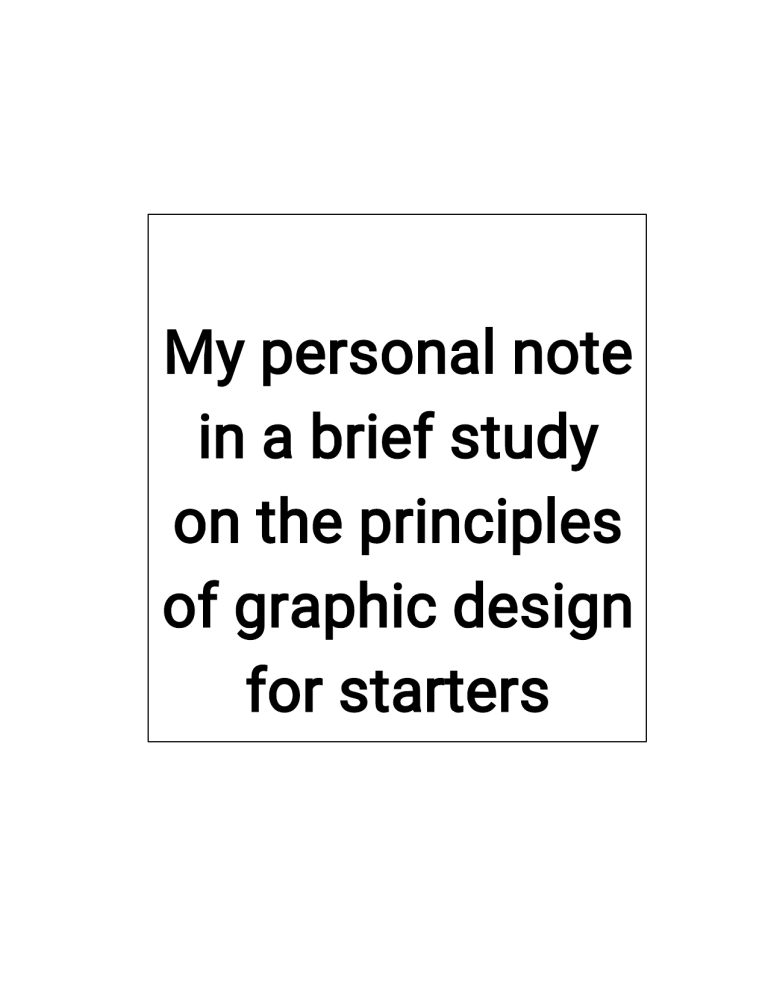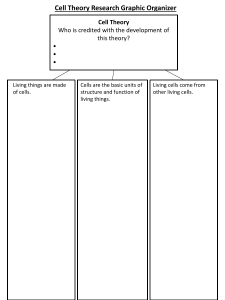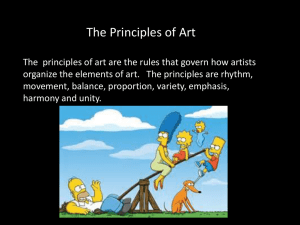
My personal note in a brief study on the principles of graphic design for starters PRINCIPLES OF DESIGN To become a professional graphic designer you must be able to understand and apply correctly the principles of graphic design. Below are short notes on the principles of graphic design. BALANCE: Balance refers to the distribution of visual weight in a design. It can be symmetrical (evenly balanced) or asymmetrical (unevenly balanced) and helps create a sense of equilibrium and harmony. CONTRAST: Contrast involves the juxtaposition of different elements to create visual interest and make certain elements stand out. This can be achieved through variations in color, size, shape, texture, or typography. EMPHASIS: Emphasis is the technique of drawing attention to a specific element or area within a design. It helps create a focal point and guides the viewer's eye to the most important parts of the composition. UNITY: Unity refers to the cohesive and harmonious relationship among the various elements in a design. It creates a sense of wholeness and ensures that all elements work together to convey a coherent message or idea. MOVEMENT: Movement implies the visual flow or direction within a design. It can be achieved through the use of lines, shapes, or repetition to create a sense of motion and guide the viewer's eye through the composition. RHYTHM: Rhythm is the repetition or pattern of elements in a design. It helps create visual interest and a sense of organized movement. Rhythm can be achieved through the repetition of colors, shapes, lines, or other design elements. PROPORTION: Proportion refers to the size, scale, and relationship between different elements in a design. It helps create a sense of harmony and ensures that the elements are visually pleasing and balanced in relation to each other. These principles are widely used in various design disciplines, including graphic design, industrial design, architecture, and more, to create visually appealing and effective compositions. It doesn't matter what design tools you are using provided you understand the interface and apply the principles then you are sure to become a designer. Finally consistency will go along way in helping your design skills, that is you must keep on practicing for me I'll recommend if you are just starting up as a graphic designer you should be able to practice with minimum of 1 design per day and more and with time you will see improvement.

